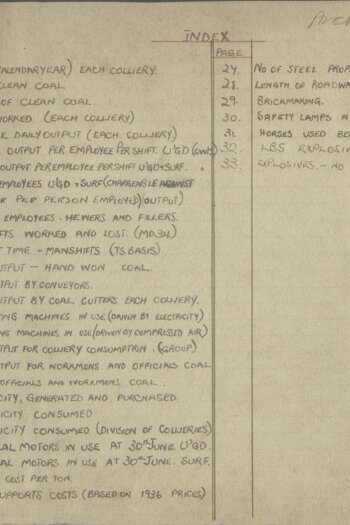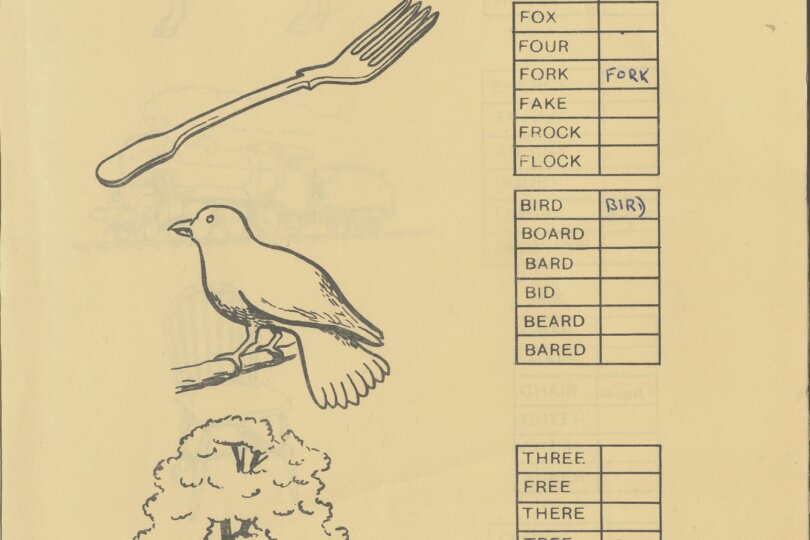Through notes on safety talks and mining explosions, it highlights the inherent dangers of the profession, with a special focus on the catastrophic events at Felling Colliery in 1812 and New Hartley Colliery in 1862. The inclusion of a worker list from Felling Colliery and photographs of the Hartley memorial serves as a reminder of the dangerous nature of mining work.
The documents also shed some light on the education possessed by mine workers themselves. Flynn’s own copy of the ‘Instruction Book for Boys’ explains to mining novices how to stay safe and act responsibly as well as the importance of dressing appropriately. This emphasis on good character is further demonstrated in a ‘Human Element’ questionnaire asking respondents to assess the nature of the apprentices. Furthermore, there are examples of assessments such as the National Coal Board Preliminary Test from 1952 and the General Intelligence Test, “an exercise in interpreting and carrying out instructions.
There are also materials which explore the history of coal in the north-east, as well as the history of the area more broadly. A feature from The Journal, entitled “The Way We Were”, tells the story of areas in the region such as Morpeth, Hexham, and Durham, both geographically and demographically. Meanwhile the significant role of coal in the north-east is examined through leaflets, maps, and articles – in particular a series of articles called “Our Colliery Villages” – as well as through academic theses, and the longevity of this tradition is exemplified by brochures commemorating the respective centenaries of the Northumberland Miners’ Union in 1963 and the Northumberland Colliery Mechanics’ Association in 1975.
The collection also places a strong focus on the personal and is a valuable reminder of the human characters who worked in the dark pits in hazardous circumstances, while providing a fascinating insight into their work. This is a highly interesting collection for anyone interested in the history of coal mining in the north-east who would like to gain a deeper understanding of the historic role of the industry in the region.
-Luke, Volunteer, The Common Room


